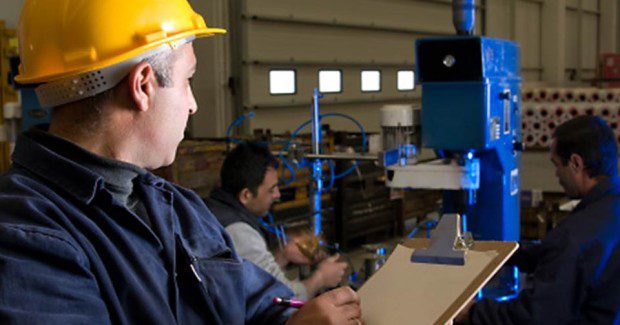When It Comes To Safety: Fix the Problem, Not the Blame
As business increasingly uses safety performance as a criterion to judge the worthiness of a supplier, avoiding these common mistakes is crucial to remaining competitive.
Posted: July 31, 2014
Safety is increasingly important to profitability. As more firms use supplier safety performance as a criterion for sourcing business, safety can no longer be seen as only a moral/ethical issue. Being prohibited from bidding projects for a set time period because of a poor safety record can mean financial ruin. The smaller the company, the larger the potential financial impact.
If this happens, the worst remedy is to try implementing a quick fix that actually makes things worse. Here are some common mistakes:
Blame the Worker. In the late 1920s, Herbert Heinrich studied worker safety and concluded (using dubious research methods) that 90 percent of all worker injuries were caused by unsafe behavior. Contentious debate among safety professionals still rages today between those who believe in Heinrich’s theories and those who do not.
Regardless of whether or not one ascribes to the work of Heinrich, many companies continue to believe that, at the heart of the matter, injuries are largely caused by clumsy, foolish or reckless workers. The truth is that no one wants to be injured and no process is designed to produce a worker injury as an outcome, so it is important to investigate beyond the human element.
Safety Engineers Should Protect Workers. If safety engineers don’t protect workers, what’s the point in having them? This is a fundamental misunderstanding of the role of safety engineers. They help to make better decisions about the operation of the workplace, inform on policies and procedures enacted by management, and ensure compliance with the law. But the one thing a safety engineer can never do is to keep workers safe.
Give Up Too Soon. When workers are injured, costs escalate and pressures mount from customers, it’s easy to demand fast results in safety. Unfortunately, they seldom come. Sustainable solutions take time to implement; results may not be realized for years. But too often, viable, sustainable solutions are abandoned simply because results don’t happen soon enough. Beware of false starts that waste time and money.
Adopting Safety Fads. From the cute children’s poster contest to overly complex behavioral models, the safety arena is filled with fads. Some of these might achieve a measure of success, but they can also add bureaucracy that costs more than the safety returned from their investment. As with any other business element, economics is the driving force behind safety.
Blame the Culture. Corporate culture is a powerful force in business that can be used as an excuse to ignore safety issues. Deep-rooted safety culture issues might exist that must be addressed. Perhaps a cultural intervention is necessary. But blaming the culture conveniently excuses not doing anything or weak internal attempts that are actually worse than doing nothing.
Rush to Judgment. Injuries may appear to result from a single cause when, in many cases, they actually result from many interrelated causes working in concert. Rushing to judgment often attacks the symptoms of a problem instead of the causes. As the symptoms lessen, the true hazard can lay dormant until all the right conditions exist for it to spring to life and injure or kill a worker. Take the time and effort to uncover the true roots of the problem instead of merely satisfying the urge for rapid resolution. If there is no time to do it right, when is there time to do it over?
Count on Common Sense. Common sense is the collective understanding of a population. However, the bigger the population, the less common sense there is likely to be. Give employees credit and assume they have some basic survival skills, but also teach them, show them and repeatedly tell them how to stay safe.
















